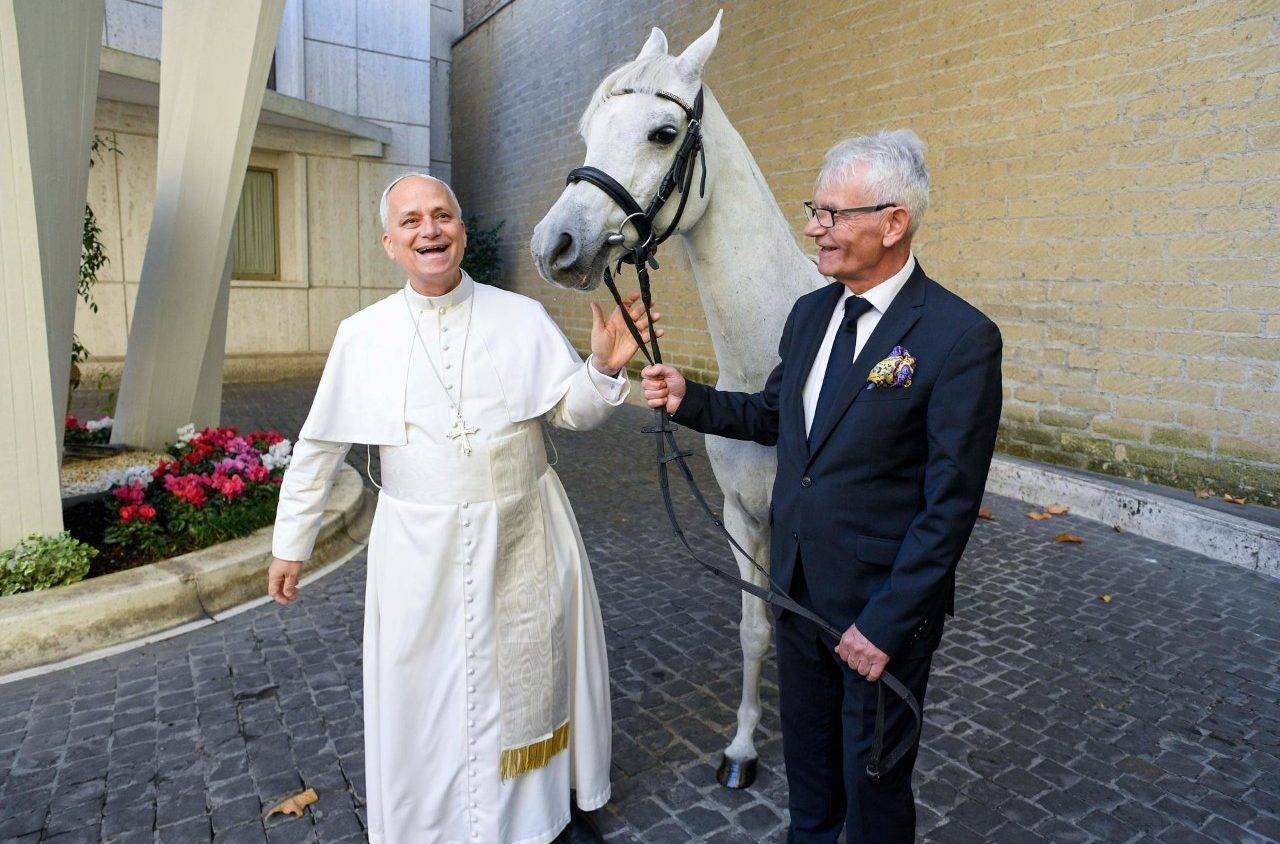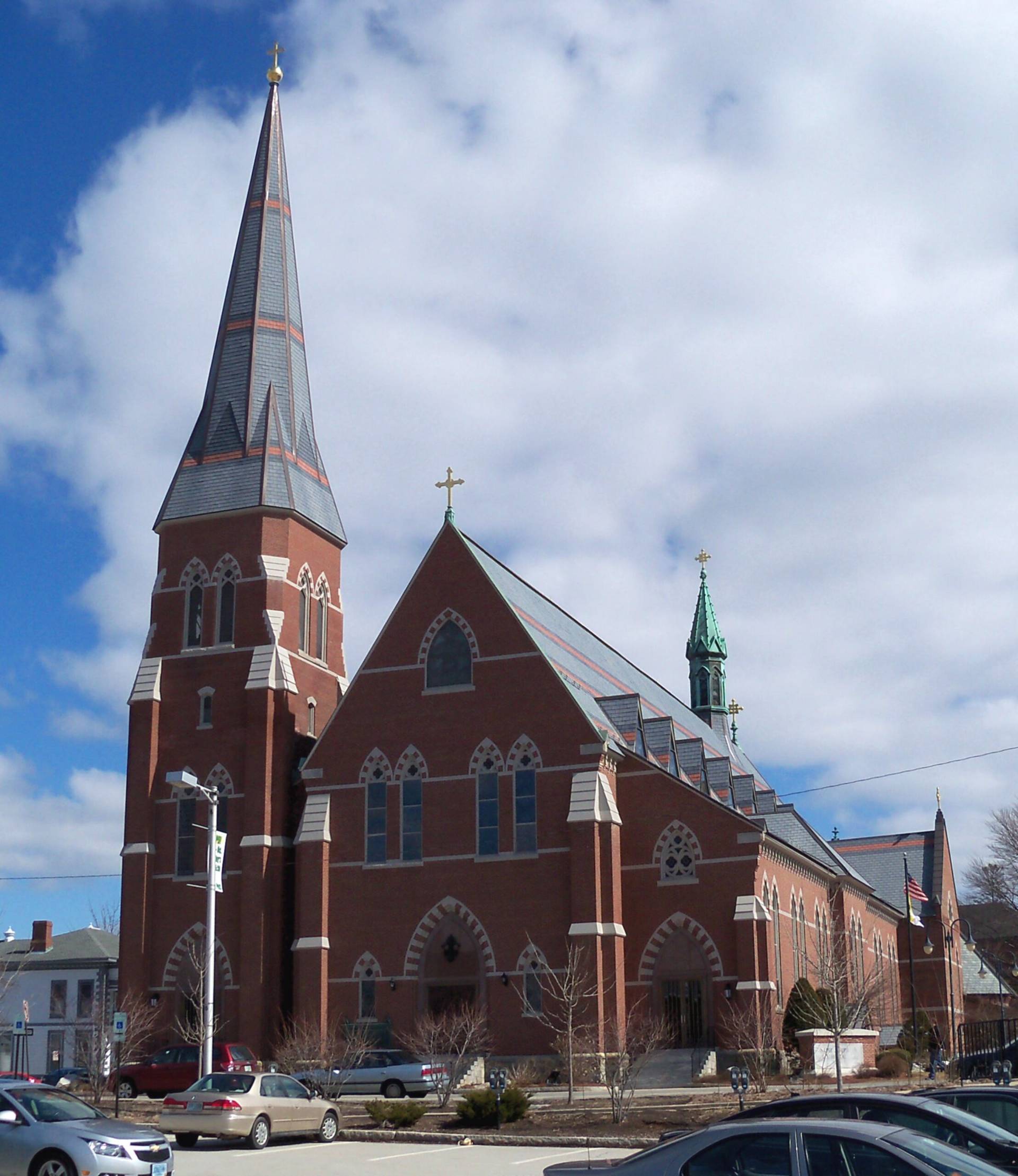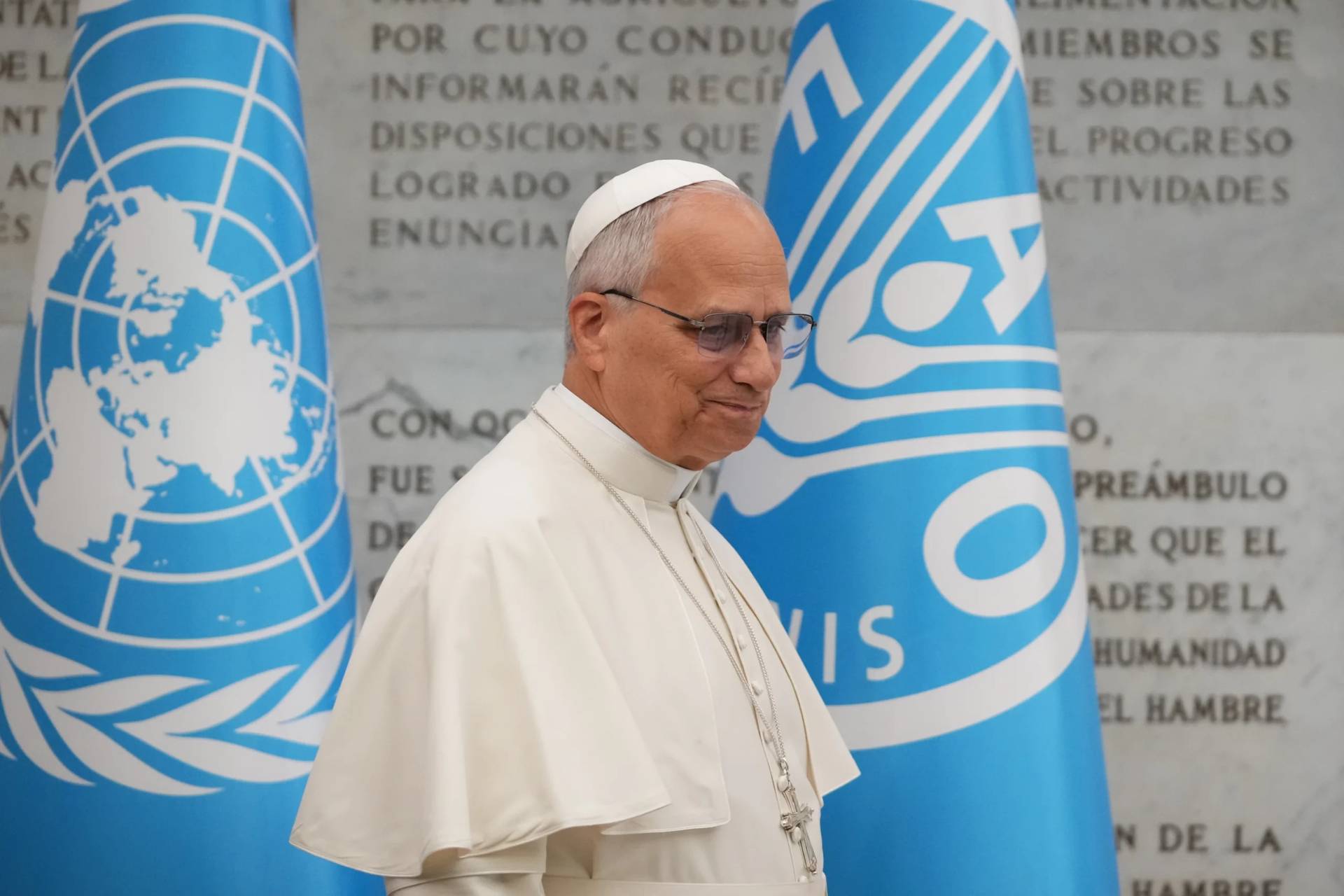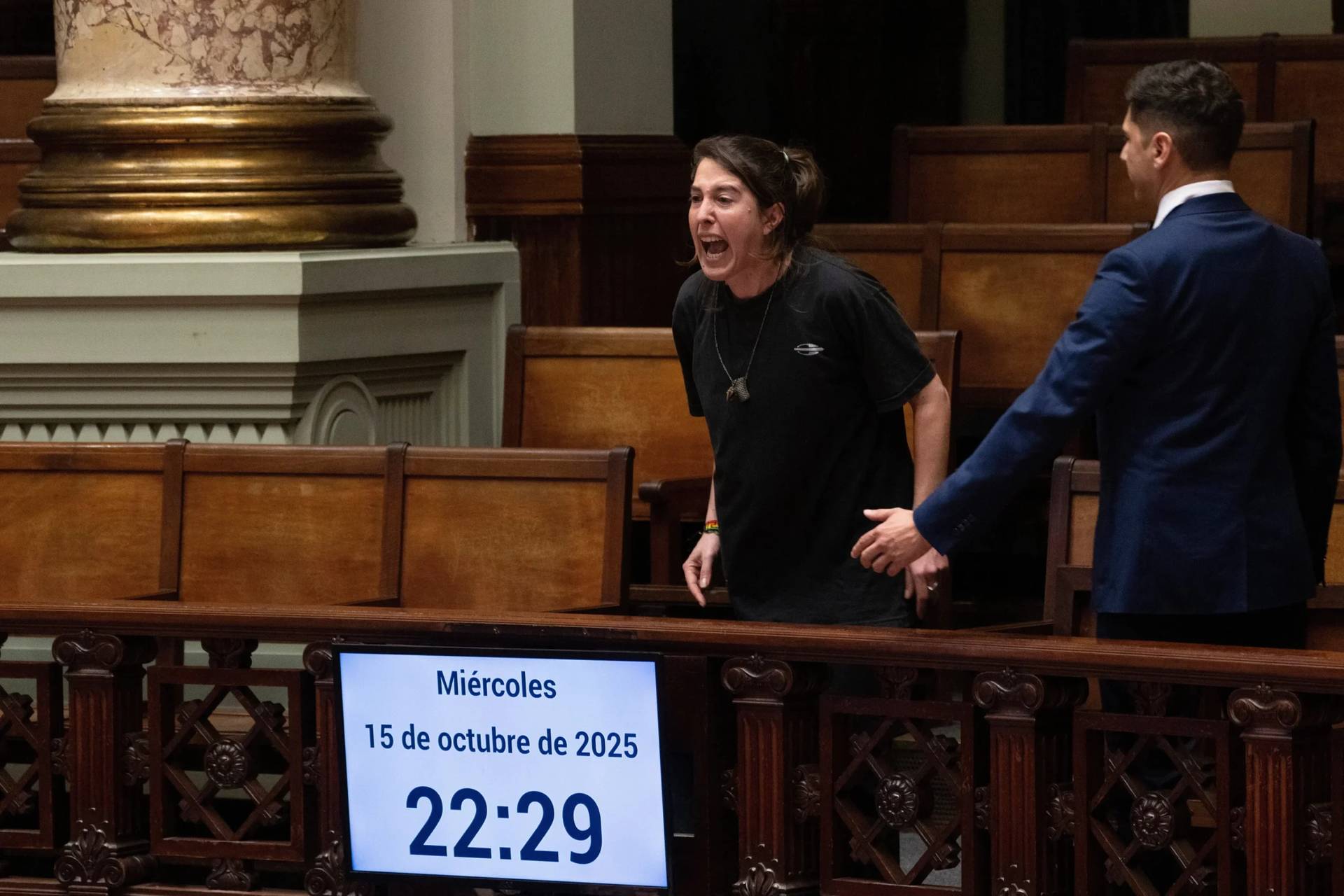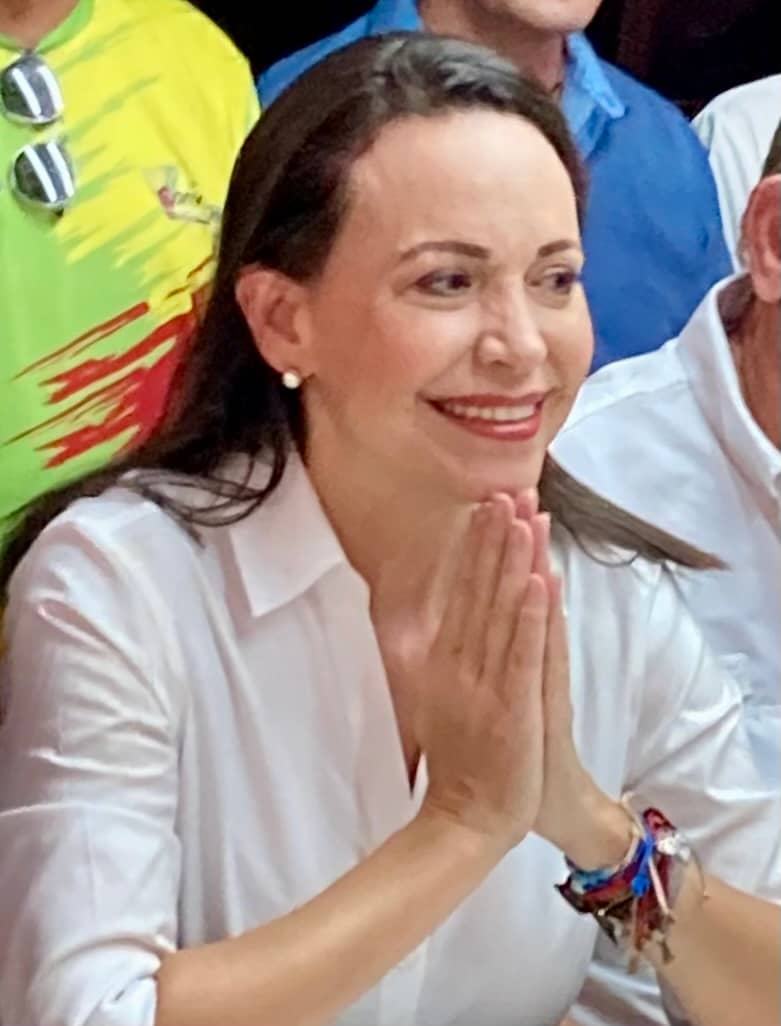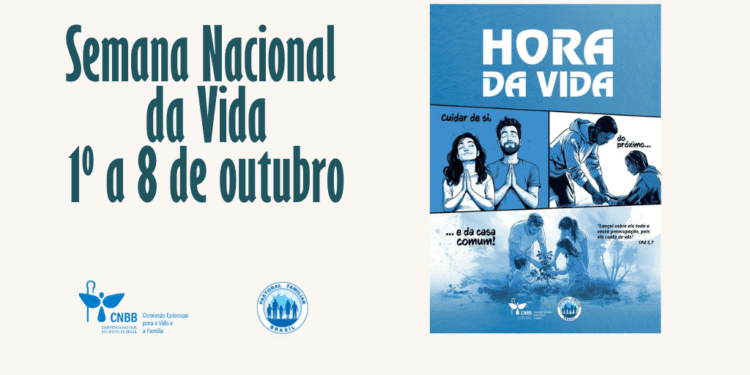SÃO PAULO – A devastating second wave of COVID-19 in Amazonas State has caused the healthcare system to collapse and raised the mortality rate in the region to 190 deaths per 100,000 people, the highest one in Brazil. The state had at least 266,000 confirmed cases of coronavirus, with 8,000 deaths.
The surge began just after Christmas and has been growing since then. A new strain of the coronavirus was identified in the state’s capital city, Manaus, and is thought to now be the dominant one in the area.
The lack of hospital beds led the state to transfer patients to other regions of the country. According to Deacon Afonso Brito, executive-secretary of Caritas Manaus, there are at least 600 people in the city waiting for a hospital bed.
“There are more people being treated at home than in hospitals now. Those patients need medicine and clinical oxygen. We’re trying to obtain resources in order to help then with medical supplies,” he told Crux.
Caritas Manaus has been providing medical supplies to the city’s healthcare authority and to the local indigenous healthcare governmental agency, which is responsible for 43 indigenous communities in the outskirts of Manaus.
“The German Caritas invested $370,000 in COVID-19 tests, which we’ve been sharing with the authorities,” Brito added.
Caritas has been also testing the homeless for COVID-19. This week, 19 people tested positive on the street, Brito said.
“With the economic crisis generated by the pandemic, the homeless have been left without any help. We’ve been distributing medicines, masks and 250 hot meals for them every day,” he said.
In other parts of Amazonas, the situation is even worse. Most cities don’t have ICU beds and have to send all patients to Manaus. The few hospitals that are able to treat COVID-19 patients are already operating at full capacity.
That’s the case in the city of Parintins, where a public hospital and a clinic managed by the diocese have been struggling to take care of the sick.
“Initially we agreed that the city hospital should assume all COVID-19 cases and we would take care of all other healthcare needs. But the new surge is so big that we had to start helping them with COVID-19 patients,” explained the Italian-born Bishop of Parintins, Giuliano Frigene.
According to Frigene, the diocesan hospital’s pediatric ward has been modified in order to accommodate coronavirus patients. Other wards also had to be adapted to provide adequate isolation.
“Many times, women in labor come to the hospital with COVID-19,” Frigene told Crux.
He said that the daily number of COVID-19 patients jumped from 30 to 150 in January. “We’re sending them to be treated in other cities,” Frigene added.
Parintins’s hospitals are struggling with a growing need for clinical oxygen. The Church has recently donated 230 cylinders to the region, Frigene said. Meanwhile, international organizations sent other medical supplies.
The bishop said that the average age of patients is lower now, and the disease seems to evolve faster. “We lost two doctors at our hospital. Our surgeon is in critical condition,” Frigene said.
Managing the supplies and logistics is a continuous challenge in Parintins. There are no roads connecting the city to other regions, and all goods are transferred boats on the Amazon River.
“We have to predict long in advance how much oxygen we’ll need, but now that’s not an easy task, because patients have been requiring it more and more,” Frigene said.
A couple of hours away on the Amazon River, in Para State, two hospital boats, the Pope Francis and Pope John Paul II, have been visiting several communities in order to treat COVID-19 cases and take critical patients to hospitals.
The boats are operated by Associação e Fraternidade São Francisco de Assis na Providência de Deus, a Franciscan-inspired institute which manages 74 healthcare institutions in Brazil.
The boats reach remote areas where riverside communities live, including groups of indigenous and quilombola people (descendants of slaves who fled captivity during slavery era in Brazil).
“We test all people for COVID-19, and about 20 percent of them have been testing positive lately. Asymptomatic patients are informed about the necessary measures of care. More serious cases are treated in the boat or taken to other hospitals,” Father Francisco Belotti, the founder of the institute, told Crux.
Belotti’s association manages two hospitals in the area. He said that all clinics have been operating at full capacity.
Father Joel Souza, his colleague who coordinates the hospital boats, said that some riverside communities visited by then over recent weeks were almost entirely infected.
“There were nine serious cases of COVID-19 in a community in the city of Faro that we recently visited. We had to stabilize the patients for 12 hours before taking then to nearby hospitals. It was the most alarming night of my life,” Souza told Crux.
He said that the region received many boats coming from Manaus at the end of the year, despite the social distancing measures imposed by the local governments.
“That’s certainly how the virus has spread all over the region,” Souza said.
Without a healthcare infrastructure, those riverside communities have been suffering with the second wave of the pandemic.
“Our idea is to treat patients before their condition gets critical,” Souza said.
Members of the boats’ medical staff and of the crew have also been infected in the past few weeks.
Among the indigenous communities in Amazonas and nearby states, the second wave of the pandemic is causing fear. The disease reached villages which hadn’t been impacted in the previous wave and is causing deaths among young people and children.
“The pandemic caused our healthcare system to collapse. The government is failing to give us support. No medical team has been sent to our villages,” Junior Yanomami, the healthcare officer in charge of the Yanomami people, told Crux.
Last week, Yanomami told the press that nine children of his people recently died with COVID-19 symptoms.
“But there are many more kids with the disease. Only in my village, Surucucu, there are 45 people hospitalized now,” he added.
Yanomami said that most of the members of his people feel “angry” and “disgruntled” with the Brazilian government.
“It didn’t do anything to help us. We’re fighting this pandemic alone,” he said.
In the city of Humaitá, in Amazonas State, the new surge reached the Juma people, which hadn’t been impacted by the first wave of the pandemic.
“There have been 12 cases in the second wave. A senior citizen had to be hospitalized,” Marisa Barroso, in charge of the indigenous healthcare local agency, told Crux.
Barroso said that her team has been working in the vaccination campaign of the indigenous population in Humaitá. Their goal is to vaccinate 700 people. But their work has been disrupted by fake news about the alleged risks of the vaccine.
“We had five cases today of indigenous people who refused to be vaccinated. When this kind of thing happens, we try to explain that there’s no reason to fear the vaccine, but some people refuse it anyway,” Barroso said.
Some members of indigenous groups have been telling Barroso about their fear that the vaccine contains some kind of microchip, which will supposedly kill them within three years. Such lies have been disseminated across Brazil on social media, and at times reach the indigenous peoples with the help of Evangelical pastors.
“We’ve received much help from civic organizations and the Church and have been able to avoid the further spread of the disease here. But we know that the vaccination is the only way to really protect the people,” Barroso said.








